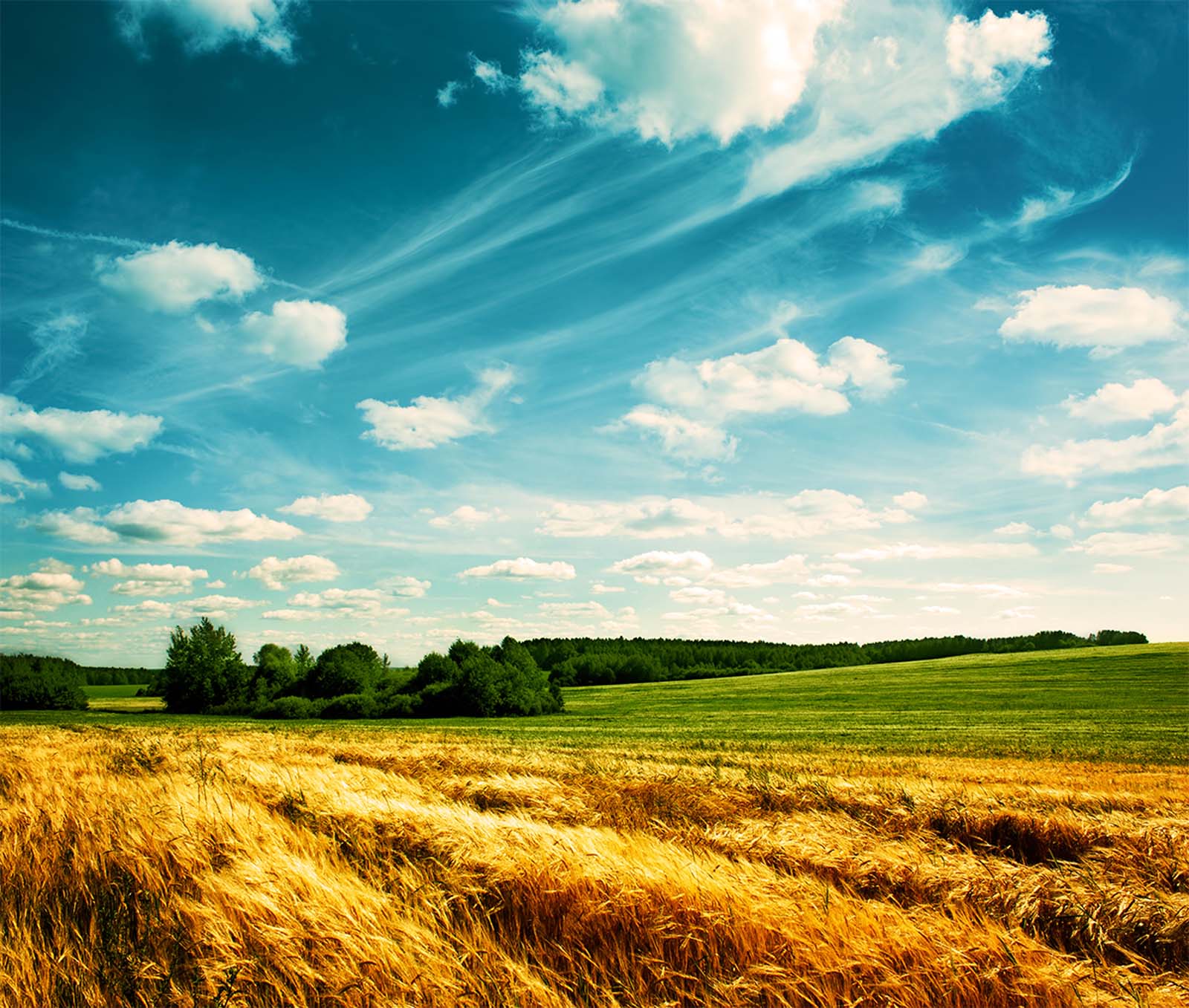Borrowing money against the equity value of your farmland as it continues to increase each year might sound good in theory, but it could end up costing you the farm.
That dire warning leans towards being a worst-case scenario, but at the same time it can be a very real risk, says Shannon Lueke, a partner in MNP's Farm Management Consulting (FMC) practice. She says it is particularly a concern if agricultural lenders are aggressively lending on increasing farmland values, rather than the farm's ability to repay the loan through profitability.
Regardless of what a lender might propose, farm managers need to be clear in their own minds the difference between profitability and equity, says Lueke, who is based in Humboldt and provides consulting services to the North Saskatchewan Region. It is great that land values (fair value equity) is still on the increase, but that's a separate issue from profitability and the farm's actual ability to repay debt.
Profit vs. borrowing power
"As with any business, a farmer's first goal should be to be profitable, as this is the only way to grow a business," she says. "Looking at your ability to borrow money is not a good way to measure the success of a farm business. Profit is the critical long-term goal of the business and every farmer who wants to remain a long-term player in this game needs to understand this."
In simple terms, profitability is the money left over after the annual production of crops and/or livestock have been sold and associated expenses have been paid. Equity on the other hand is proceeds realized after potentially selling off all the farm assets - land, machinery, buildings and livestock - and then paying any outstanding debts. Equity does not turn to cash unless those assets are sold, and the debts retired.
Looking at equity a bit deeper, "farmers must understand what portion of their equity growth is linked to profit and what portion is simply asset appreciation," says Lueke. "Both are important, but if you have not grown your equity by returning profits back into the business, and, say, the growth in equity is based almost solely on increasing farmland values you may need to ask what are you doing this for? You might be better off renting out the land."
Farmland values continue to trend upward which is good on one hand, but it can make the situation a bit confusing when dealing with an agricultural lender, she says. "The lender might look at the growing equity and be willing - even promoting - more borrowing for the farm," says Lueke. "This might lead the farmer to think "I must be doing okay".
"If it's been a particularly good year and farm profits have been quite strong, it may not be an issue," she says. "On the other hand, if it hasn't been a good year, or perhaps there have been three or four years of poor returns, reduced profitability or even losses, a farmer may have a false sense of his or her true profit or losses because the market for their assets is still trending upward.
"The farm debt load has, in part, been increasing with farmland values. But on any given year if the balance sheet doesn't show an increased cash flow position, how do you make the increased payments? Maybe the lender was anxious to lend the money, but when markets go south, they might not be interested in helping anymore."
Land value and debt both increasing
Although the rate of increase in farmland values has slowed in recent years, it is still increasing. According to the 2019 Farmland Values Report published by FCC, farmland values across Canada increased by 5.2 per cent, down form 8.4 per cent in 2017 and 6.6 per cent in 2018.
In the Prairie provinces the averages varied even more. Alberta farmland values in 2019 increased by 3.3 per cent, while Saskatchewan rose 6.2 per cent and Manitoba increased by four per cent.
At the same time, Statistics Canada reports 2019 was the 26th straight year of farm debt rising. Across the country farm debt rose by 8.7 per cent to $114.8 billion.
"Land values have appreciated significantly in the last decade, which can create a false sense of operational profitability as lenders use increasing land values to continue to lend to farmers," says Lueke. "Loans can be approved even if the farmer has not had a good profit track record, or are posting weak servicing ability (repayment ability).
"Also know that lenders (including equipment dealers with their own financing) are vying for your business to build their portfolios, and their outlook is very short term," she adds. "They have no problem "shifting gears" when the outlook begins to look meek, abandoning relationships, or restricting lending in the future when you may need it most."
Lueke says if money is too easy to get, producers may not be thinking about the long-term implications. If a farmer maxes out their borrowing power today then they may not qualify down the road for a loan to purchase an asset they really want. "So be careful what you are borrowing for now, as it may impact future borrowing," she says.
As farm management consultants track short-term credit trends on farms, along with decent farm profits over the past decade, Lueke says "we have been somewhat surprised" to notice the general trend in increased short term credit on farms.
"Increased limits on government-backed cash advances and more avenues to access input credit have left farmers complacent in their debt structure evaluations," she says. "Again, more access to credit can leave farmers feeling things are still okay. But simply having access to more credit is not a reflection of the farm's profitability. Farmers also don't always understand how much they are paying for those short-term credits that are easy to access - the interest adds up.
The bottom line, says Lueke, "if a farmer intends on carrying on operations in the long term, he or she must be profitable to generate the cash to repay the debt."
Shannon Lueke, PAg., is a Partner and Farm Management Consultant with MNP's Agriculture Services group in the North Saskatchewan Region. Contact Shannon at [email protected] or 306.682.7561.






